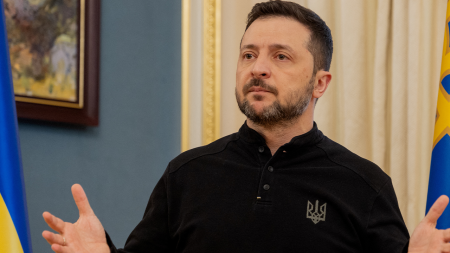The escalating conflict in Eastern Europe and the persistent struggle of NATO members to meet their defense spending targets have ignited a debate on how to finance the substantial investments needed to bolster European defenses. The European Commission estimates a staggering €500 billion (approximately $524 billion) is required over the next decade to address evolving security threats. However, with several NATO countries failing to meet the 2% of GDP defense spending target, and many grappling with strained budgets, securing this funding poses a significant challenge. This financial shortfall is further complicated by the EU’s inability to directly fund defense from its budget, prompting exploration of alternative financing mechanisms.
One prominent proposal gaining traction is the establishment of a global defense bank, often referred to as a Defense, Security, and Resilience (DSR) bank. This institution would issue AAA-rated bonds, enabling financially constrained countries to access crucial funds for defense modernization. The DSR bank would also provide guarantees for commercial banks, encouraging them to extend credit to defense suppliers, particularly small and medium-sized enterprises often facing financing difficulties. Proponents argue this mechanism would not replace national defense spending increases but rather serve as a supplementary tool to bridge the funding gap and accelerate modernization efforts. This idea resonates with concerns raised by incoming President Trump regarding allies’ defense spending commitments and the effectiveness of existing international financial institutions.
Supporters envision the DSR bank as a catalyst for directing significant private capital towards defense investments. They point to the vast pool of European assets under management, estimated at €33 trillion, which currently lacks sufficient incentive to flow into defense-related projects. The DSR bank, by leveraging sovereign ratings and potentially achieving a AAA rating, aims to attract these funds by offering a secure and impactful investment avenue. This approach would not only bolster defense capabilities but also provide a concrete return on investment, addressing concerns about the effectiveness of traditional development aid.
The DSR bank model draws inspiration from existing institutions like the European Investment Bank (EIB), which provides long-term loans and guarantees for projects aligned with EU policy goals. However, even the EIB faces limitations in funding dual-use technologies, highlighting the need for a dedicated mechanism focused on defense investments. The DSR bank, functioning as a multilateral lending institution, would address this gap by providing targeted financing and signaling the importance of defense modernization to other financial institutions. This would stimulate broader investment in the defense sector and enhance European security.
Beyond facilitating defense modernization, the DSR bank could play a multifaceted role in supporting allies across the Euro-Atlantic and Indo-Pacific regions. Its functions could extend to equipment leasing, currency hedging, and supporting critical infrastructure projects, particularly in conflict zones like Ukraine. This broader scope would enhance the bank’s impact and provide a comprehensive approach to strengthening security and resilience. By underwriting risks for commercial banks, the DSR bank would enable them to confidently extend financing to defense companies across the supply chain, fostering innovation and strengthening the defense industrial base.
The concept of the DSR bank faces challenges, including concerns about national sovereignty and potential financial burdens on certain countries. Reaching consensus on defense funding priorities among diverse nations also presents a significant hurdle. However, proponents argue that mechanisms like the UK-led Joint Expeditionary Force demonstrate the feasibility of multilateral defense cooperation. Ultimately, the success of the DSR bank hinges on the political will of participating nations and their commitment to investing in collective security. The increasing urgency of the security environment and the substantial funding gap, however, underscore the need for innovative solutions like the DSR bank to ensure Europe’s long-term defense capabilities.










